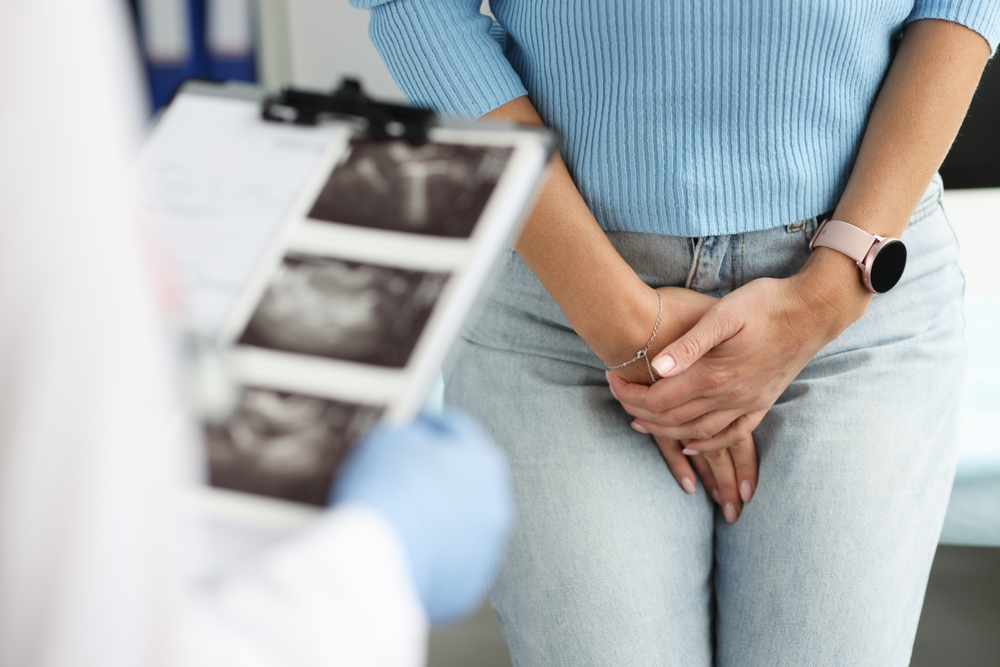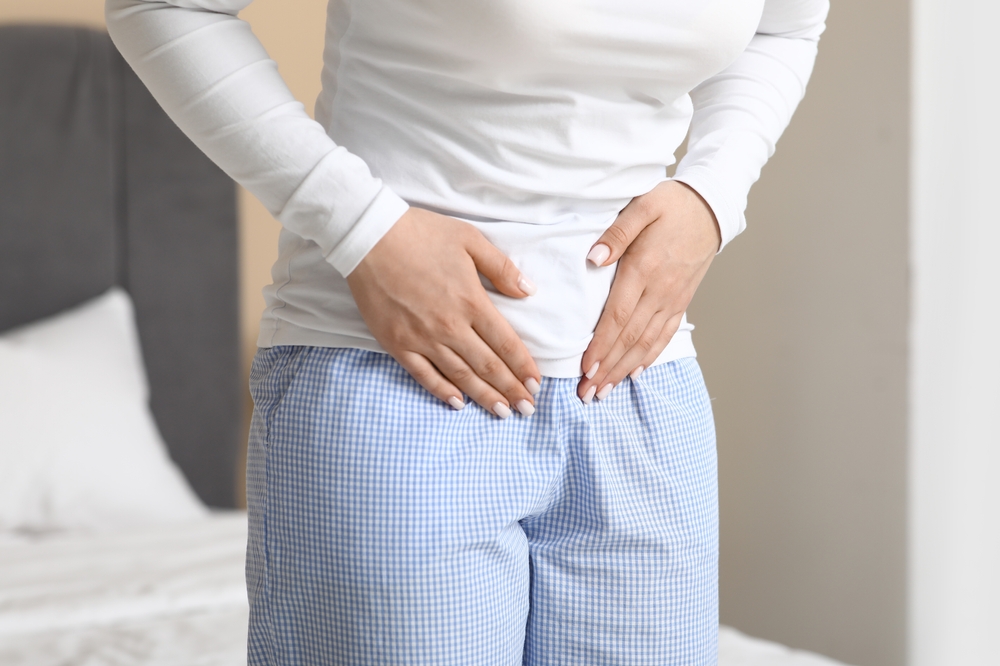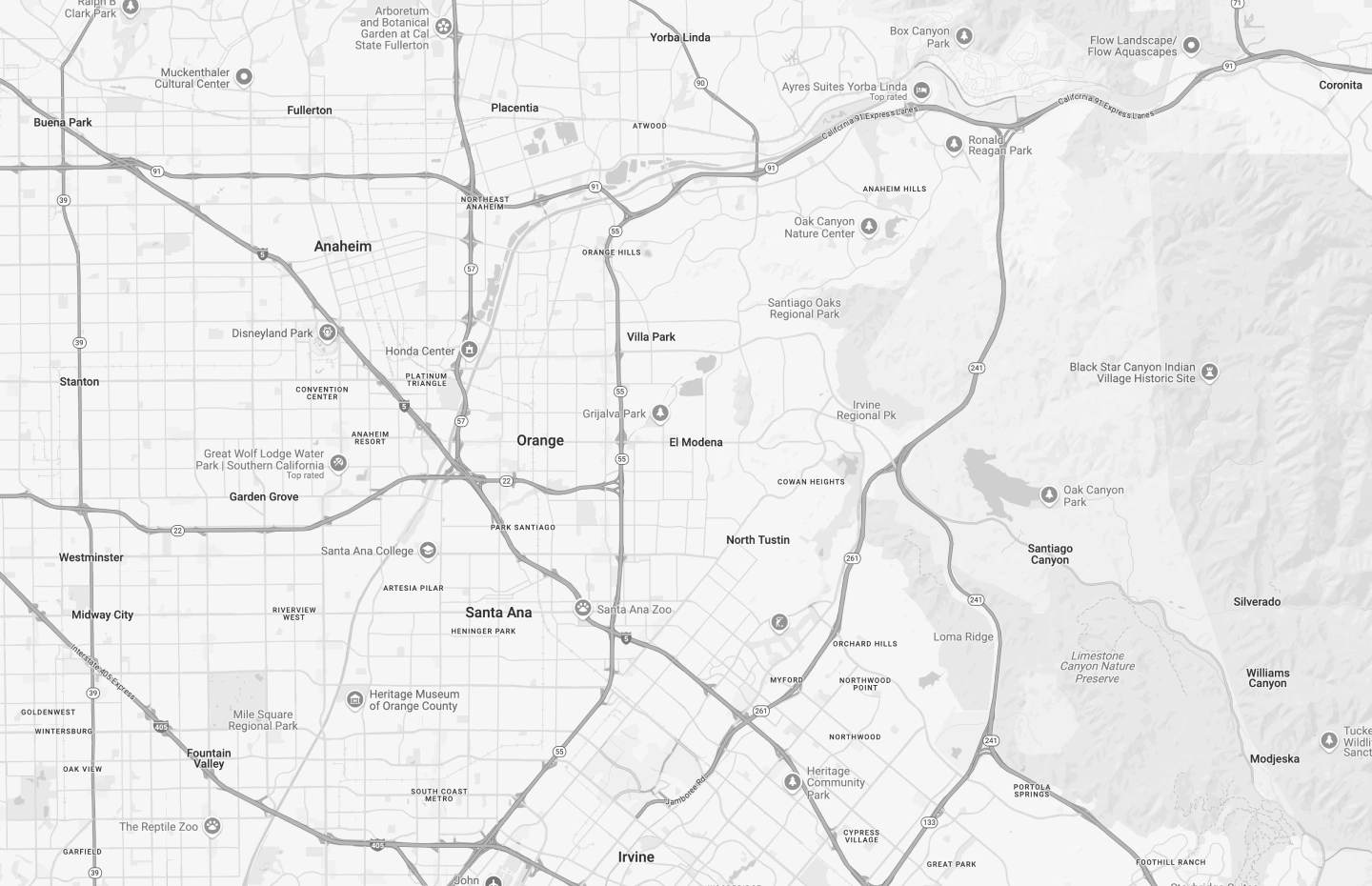Before recommending uterine fibroid embolization, our expert team carefully evaluates each patient’s symptoms, medical history, and treatment goals. While UFE effectively treats fibroids in many women, several factors help determine if this innovative procedure is right for you.
You may be a good candidate for uterine fibroid embolization if you:
- Experience heavy or prolonged menstrual bleeding that impacts your daily life
- Suffer from persistent pelvic pain or pressure caused by fibroids
- Have tried conservative treatments without lasting success
- Want to avoid major surgery and preserve your uterus
- Are looking for an alternative to a hysterectomy or myomectomy
As a minimally invasive option, UFE involves significantly less risk and downtime than surgical interventions. If you’re experiencing symptomatic fibroids and want to experience lasting relief, our team can help determine if this procedure is right for you. We’ve helped countless women regain their quality of life through UFE when traditional treatments weren’t the right fit.







